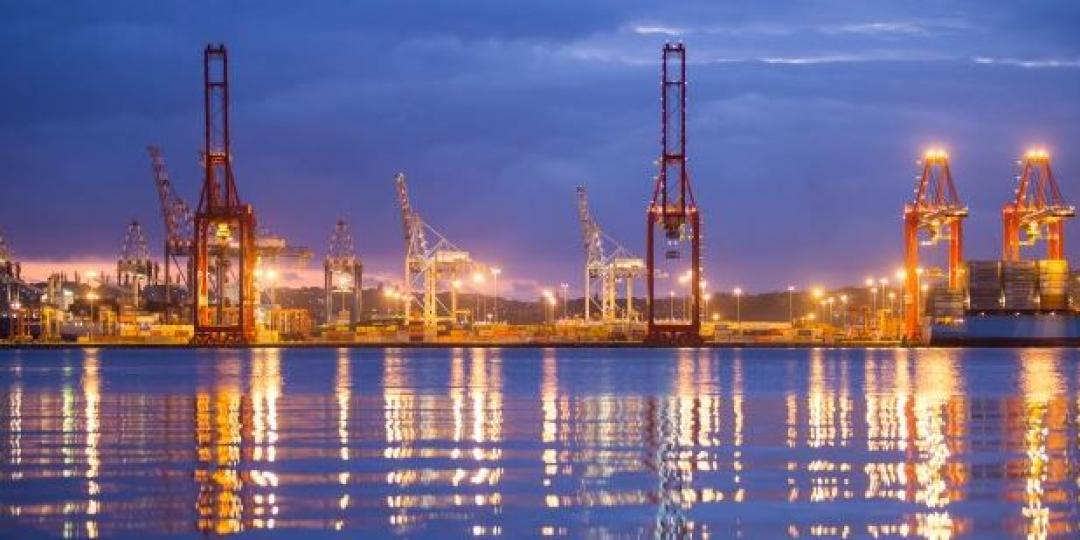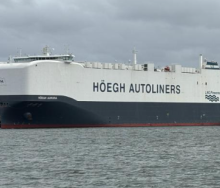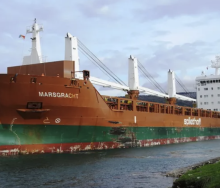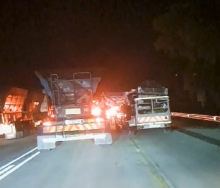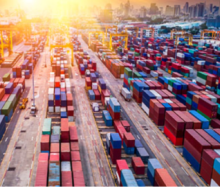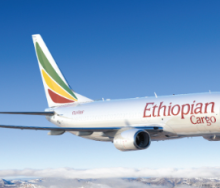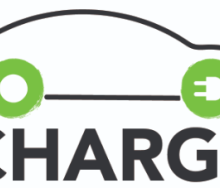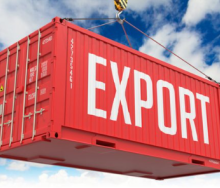The decision by government to ease restrictions on maritime sector activities will deal with some of the congestion currently being experienced at South Africa’s ports, but there’s some scepticism about the extent to which it will solve the problem.
While government initially indicated that only essential cargo would be handled during the lockdown, the decision to allow for the loading and offloading of non-essential cargo as well is expected to have a positive impact - but several of the ports were struggling with congestion long before the lockdown due to the outbreak of Covid-19.
It was essential for government to allow for the handling of essential and non-essential cargo, said Mike Walwyn, consultant for the South African Association of Freight Forwarding (Saaff), indicating that congestion at present was mostly being experienced outside the ports where vessels were waiting to berth. “The Port of Durban’s container terminal was yesterday only at 40% capacity. Now this can be misleading because of all the vessels waiting outside.”
He said industry had been lobbying government for the past week to allow for the handling of essential and non-essential cargo. “If one is only allowed essential cargo there are two options – take the non-essential cargo off the vessel and put it back on when the essential cargo has been offloaded. It simply is not a workable option.”
The other is to offload non-essential cargo and stack it in the terminal. “That in itself would gridlock the terminal within a couple of days,” said Walwyn. “The easing of restrictions now allows forwarders to either clear the cargo and store it until after the lockdown and to then unpack. Alternatively it can be left uncleared in a bond store until after the lockdown.”
Walwyn said by allowing more cargo movement at the ports, the supply chain would be improved and it would ease some of the congestion, but not necessarily all of it.
